Chardonnay is the most popular non-aromatic dry white wine grape. Its popularity lies in its versatile quality—it produces a variety of flavours and styles according to where it's grown and how it's made.
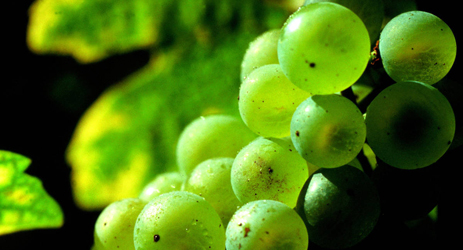
In Burgundy, Chardonnay ranges in quality from light to intense and in style from oaked to unoaked and from the minerally, unoaked, lean, bone dry Chablis style to the richer, classically hazelnutty intense dry whites of the Côte de Beaune.
In the New World, Chardonnay varies from the melon, apple and grapefruit cool climate styles to more tropical fruit styles with flavours of peach, mango, lime and pineapple.
In Champagne, Chardonnay is one of the three major grape varieties in the region (the other two are red grapes varieties Pinot noir and Pinot Meunier). It is also the main variety in Blanc de Blanc styles of Champagne.
With lower average temperature in Champagne, Chardonnays grown in the region have relatively higher acidity, which helps to maintain the structure of the wine throughout a Champagne’s long life. Though its fruity flavour doesn’t develop much due to the low levels of ripeness, ageing on lees will give the wine some buttery and nutty character.
Its fineness together with balanced high acidity that has made Chardonnay an important component for not only Champagne, but also many sparkling wines from all over the world.
All rights reserved by Future plc. No part of this publication may be reproduced, distributed or transmitted in any form or by any means without the prior written permission of Decanter.
Only Official Media Partners (see About us) of DecanterChina.com may republish part of the content from the site without prior permission under strict Terms & Conditions. Contact china@decanter.com to learn about how to become an Official Media Partner of DecanterChina.com.

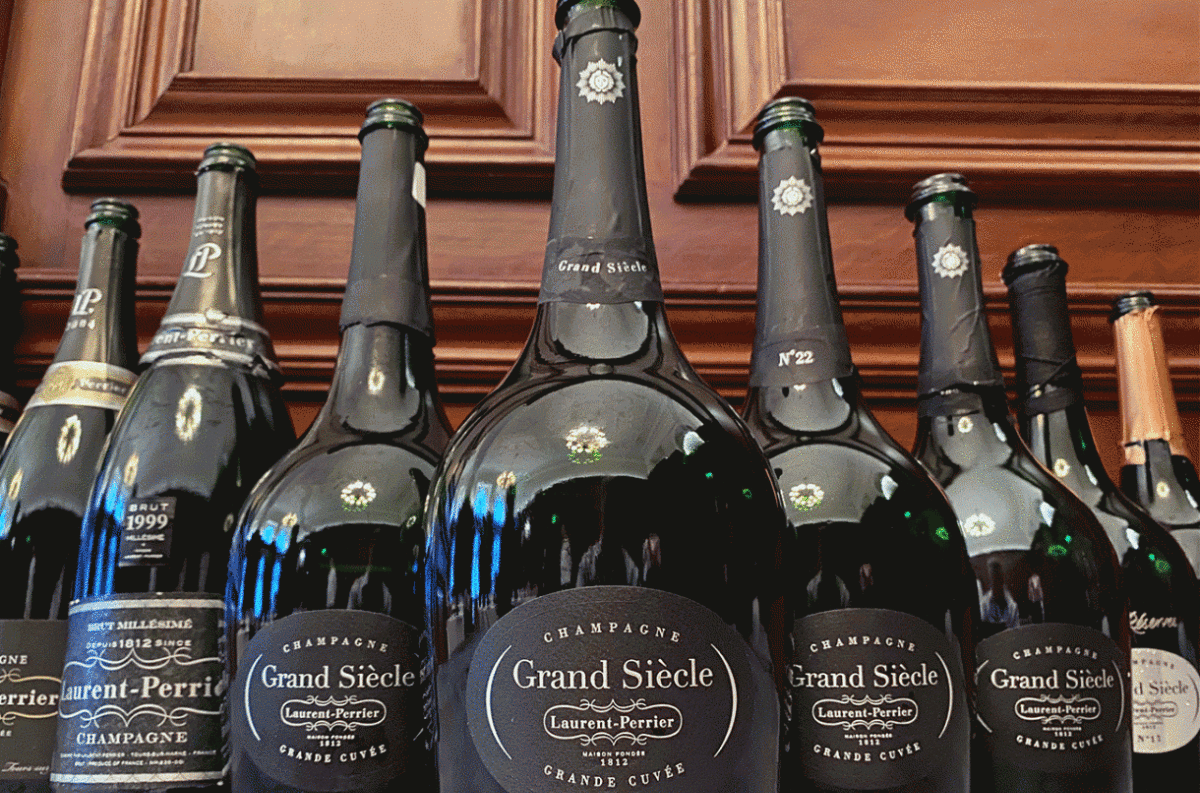
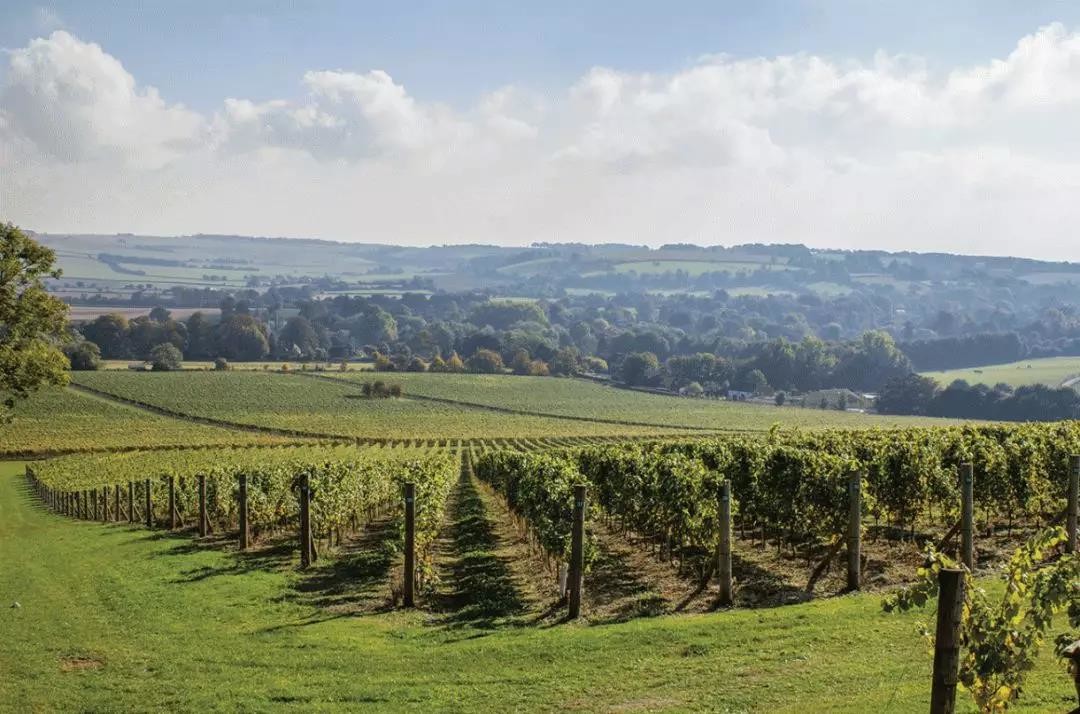
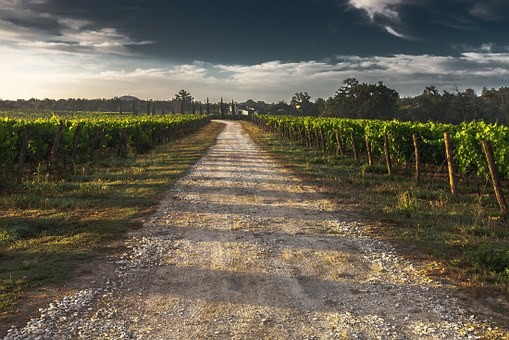
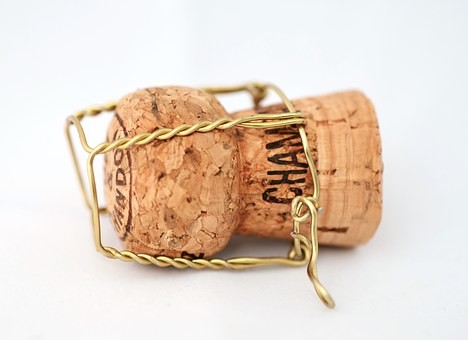
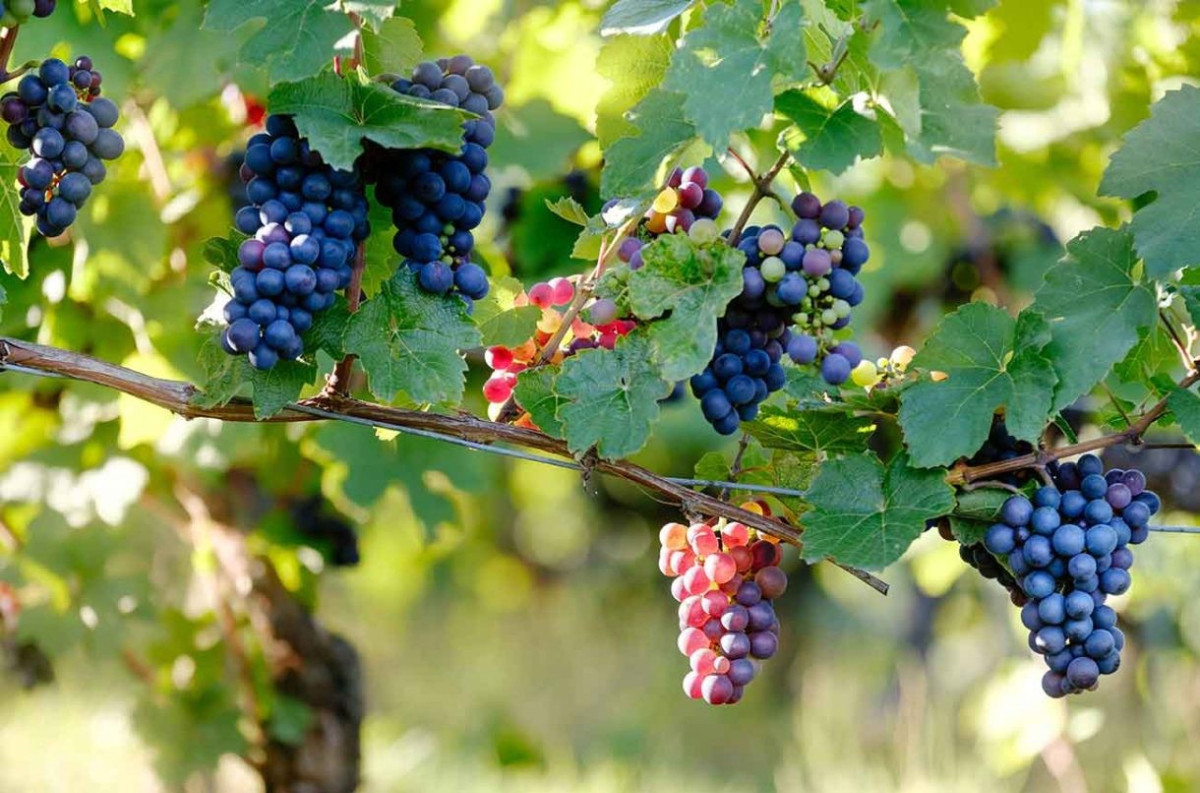
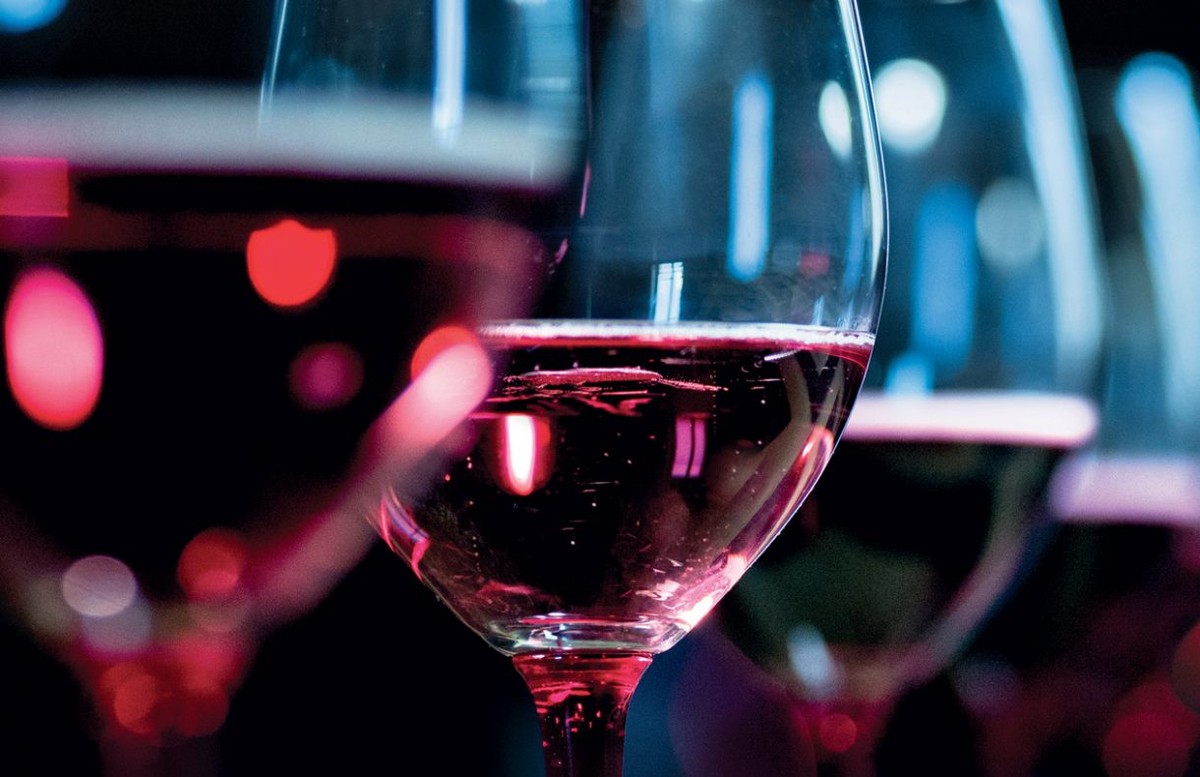
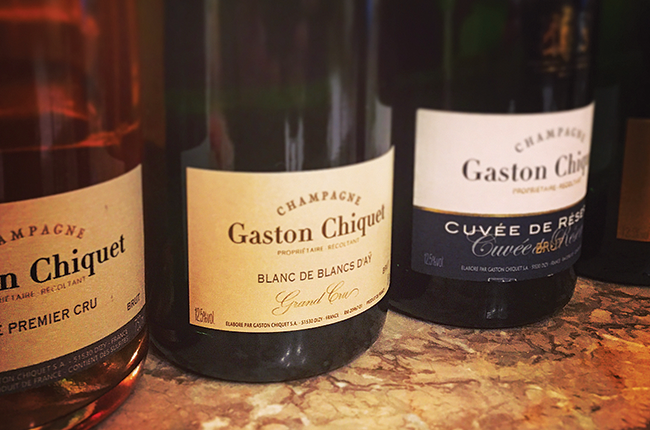
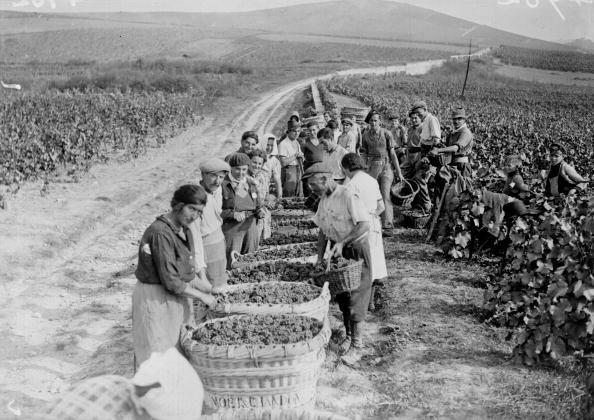
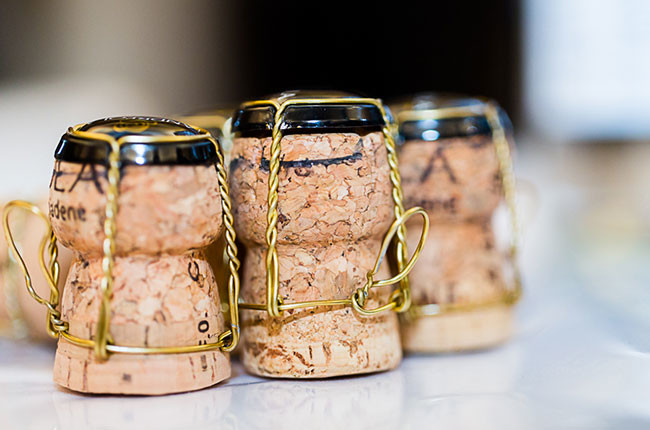
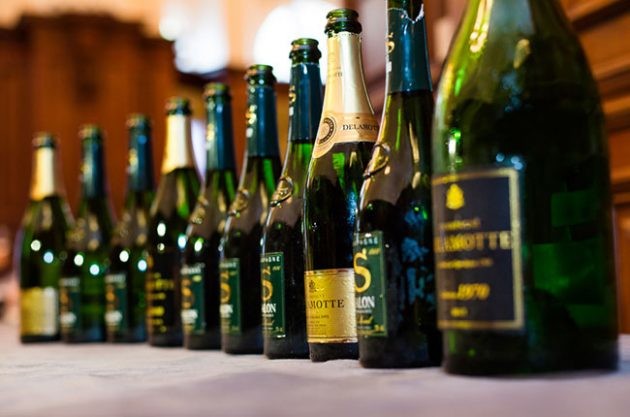
Comments
Submit